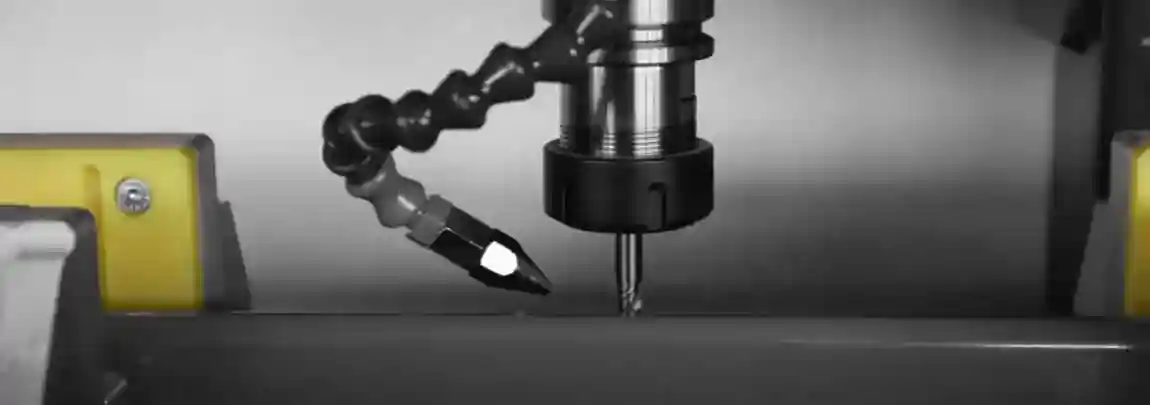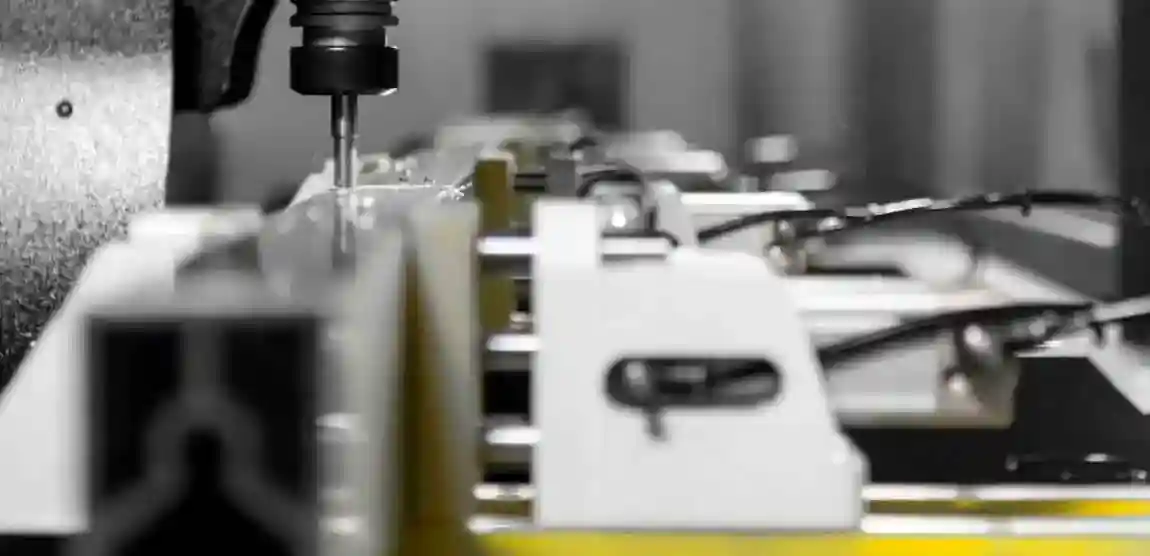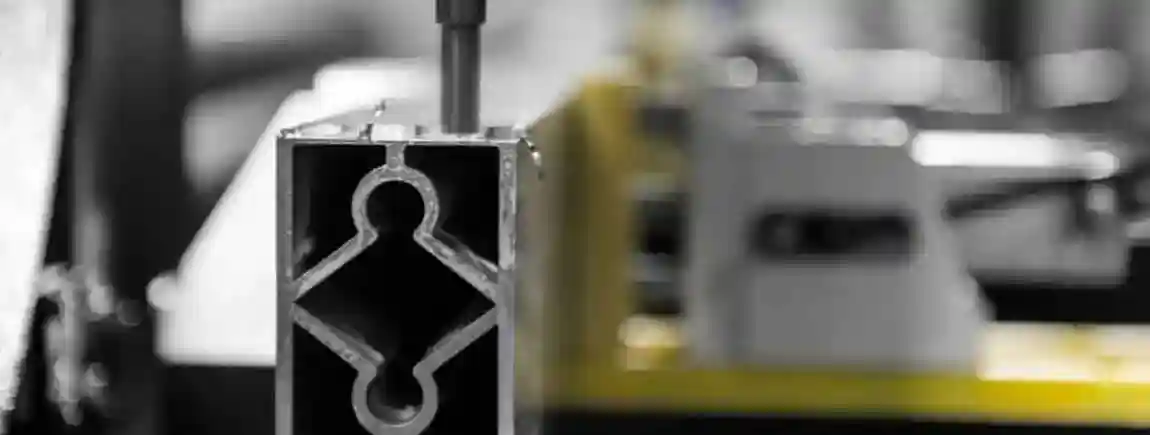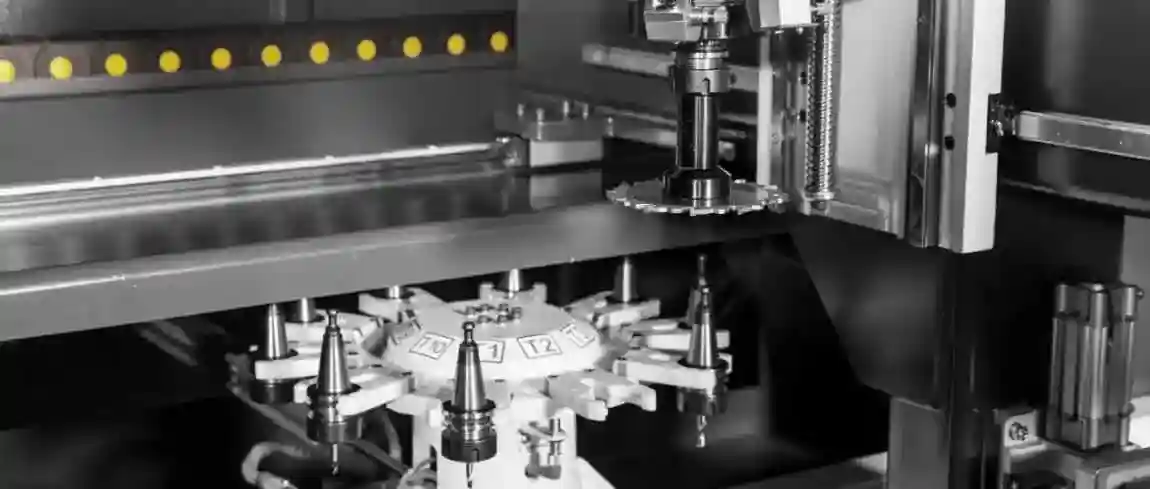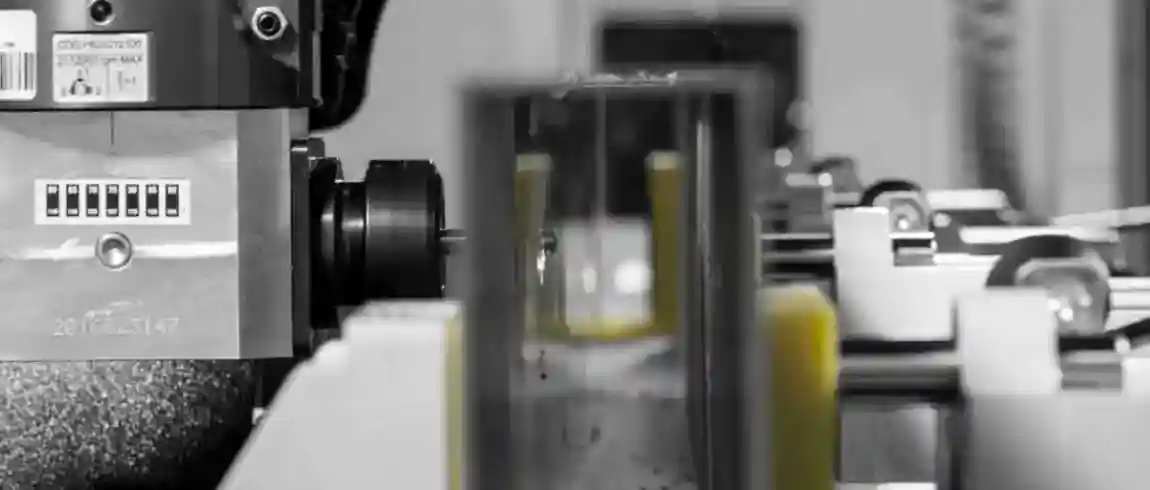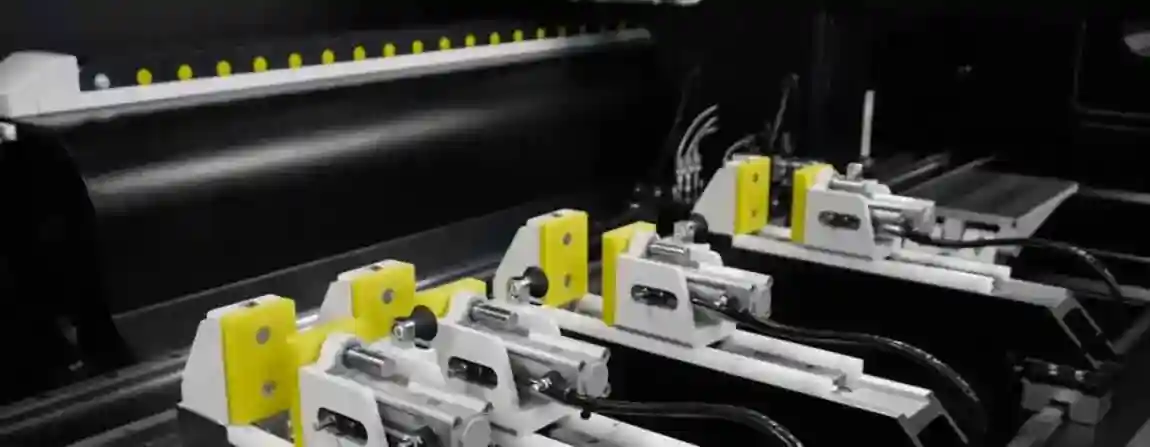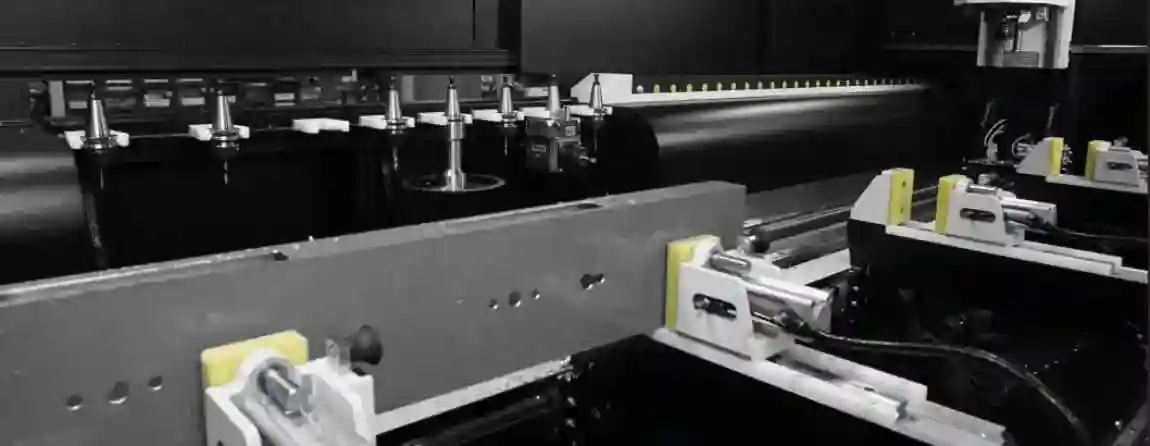-

Company
Product
ALUMINIUM MACHINES
PORTABLE MITER SAWS FOR ALUMINUM
PORTABLE COPY ROUTER MACHINES FOR ALUMINIUM
PORTABLE END MILLING MACHINES FOR ALUMINIUM
AUTOMATIC MITER SAWS FOR ALUMINIUM
COPY ROUTER MACHINES FOR ALUMINIUM
END MILLING MACHINES FOR ALUMINIUM
ALUMINUM CORNER CRIMPING MACHINE
DOUBLE MITRE SAWS FOR ALUMINIUM
AUTOMATIC SAWS FOR ALUMINIUM
BAR PROCESSING CENTERS
MACHINING CENTERS FOR ALUMINIUM COMPOSITE PANELS
NOTCHING SAWS
WEDGE CUTTING SAWS AND NOTCH CUTTING SAWS
MITER SAWS FOR ALUMINIUM
PVC PLASTIC MACHINES
PORTABLE MITER SAWS FOR PLASTIC
PORTABLE COPY ROUTER MACHINES FOR PLASTIC
PORTABLE END MILLING MACHINES FOR PLASTIC
MITER SAWS FOR PLASTIC
COPY ROUTERS FOR PLASTIC
END MILLING MACHINES FOR PLASTIC
WELDING MACHINES FOR PLASTIC
CORNER CLEANING MACHINES FOR PLASTIC PROFILES
DOUBLE MITRE SAWS FOR PLASTIC
BAR PROCESSING CENTERS
GLAZING BEAD SAWS
AUTOMATIC MITRE SAWS FOR PLASTIC
METAL MACHINES
MANUAL METAL SHEET BENDING MACHINE
MANUAL BENDING MACHINES
HYDRAULIC BENDING MACHINES
NON MANDREL BENDERS
PLATE BENDING MACHINES
BORDERING AND TRIMMING MACHINES
HORIZONTAL PRESSES
BELT GRINDING MACHINES
PIPE NOTCHING MACHINES
PIPE POLISHING MACHINES
LASER CUTTING MACHINES
PRESS BRAKES
VERTICAL TURNING CENTERS
MACHINING CENTERS
WOOD MACHINES
GLASS MACHINES
ROBOTICS SPECIAL MACHINERY
Service
Blog
Contact
Blog
- Home
- Blog
- PVC WINDOW MACHINE
- WINDOW MACHINE
WINDOW MACHINE
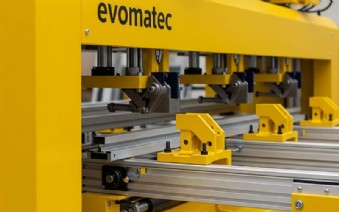
Comprehensive Guide to Window Machines: Types, Applications, and Innovations
Introduction
In the modern world, the efficiency of window production is crucial to meet the growing demands for high-quality, energy-efficient, and aesthetically pleasing windows. Window machines play a fundamental role in this process, offering automation and precision to enhance the quality and speed of window manufacturing. This comprehensive blog will explore various types of window machines, their applications, technological advancements, and their impact on the industry.
What is a Window Machine?
A window machine is a specialized piece of equipment used in the manufacturing and processing of window components. These machines are designed to handle various tasks such as cutting, milling, drilling, and assembling window profiles. They are essential for producing high-quality windows with precise dimensions and finishes.
Types of Window Machines
1. Cutting Machines
Cutting machines are used to cut window profiles to the required lengths. These machines can handle various materials such as wood, aluminum, and uPVC. They come in several types:
Miter Saws: Ideal for making angled cuts on window profiles.
Chop Saws: Used for straight cuts with high precision.
Panel Saws: Suitable for cutting large panels and profiles.
2. Milling Machines
Milling machines are used to create detailed profiles and shapes in window components. They can perform tasks such as routing grooves, drilling holes, and creating decorative elements. Types include:
CNC Milling Machines: Provide high precision and can be programmed to perform complex tasks.
Vertical Milling Machines: Used for general-purpose milling and drilling.
3. Drilling Machines
Drilling machines are essential for creating holes in window profiles for screws, bolts, and other fasteners. They come in different configurations:
Column Drills: Suitable for drilling large volumes of holes with precision.
Bench Drills: Ideal for smaller, more precise drilling tasks.
4. Assembly Machines
Assembly machines automate the process of joining window components. They improve efficiency and consistency in the production process. Types include:
Automatic Assembly Lines: Integrate various stages of window assembly into a single line.
Manual Assembly Stations: Allow for manual intervention and adjustments during the assembly process.
5. Welding Machines
Welding machines are used for joining metal window profiles. They ensure strong, durable connections between parts. Types include:
Aluminum Welding Machines: Specialized for welding aluminum profiles used in window manufacturing.
Plastic Welding Machines: Used for welding uPVC and other plastic profiles.
Applications of Window Machines
1. Residential Windows
Window machines are extensively used in the production of residential windows. They handle the various tasks required to create windows with different designs, sizes, and materials, ensuring that they meet the necessary standards for insulation, security, and aesthetics.
2. Commercial Windows
In commercial settings, window machines produce windows that need to meet higher standards for durability and energy efficiency. These windows often require larger sizes and additional features such as enhanced security and soundproofing.
3. Custom Windows
For custom window solutions, window machines allow manufacturers to produce unique designs and sizes according to specific customer requirements. Advanced machines with CNC capabilities are particularly useful for this purpose.
Technological Advancements in Window Machines
1. Automation
Automation in window machines has revolutionized the industry by improving efficiency and reducing labor costs. Automated systems can handle multiple tasks simultaneously, from cutting to assembling, ensuring consistent quality and faster production rates.
2. CNC Technology
Computer Numerical Control (CNC) technology allows for precise control over the machining process. CNC window machines can be programmed to perform complex tasks with high accuracy, reducing errors and increasing production capabilities.
3. Advanced Materials
Modern window machines are designed to work with a variety of materials, including advanced composites and high-performance plastics. This versatility allows manufacturers to explore new window designs and materials that offer improved performance and aesthetics.
4. Integration with Software
Integration with advanced software systems allows window machines to be part of a larger manufacturing ecosystem. Software can manage production schedules, track inventory, and ensure quality control throughout the production process.
Benefits of Using Window Machines
1. Increased Efficiency
Window machines significantly speed up the manufacturing process, allowing for higher production volumes and faster turnaround times. Automated machines can operate continuously, reducing production time and increasing overall efficiency.
2. Consistent Quality
Automated and precision-controlled window machines ensure that each window component is produced to exact specifications. This consistency in quality helps maintain high standards and reduces the likelihood of defects.
3. Cost Savings
Although the initial investment in window machines can be substantial, they offer long-term cost savings by reducing labor costs, minimizing material waste, and increasing production capacity.
4. Flexibility
Modern window machines offer flexibility in production, allowing manufacturers to switch between different window designs and materials with minimal setup changes. This adaptability is crucial for meeting diverse customer needs and market demands.
Future Trends in Window Machine Technology
1. Smart Manufacturing
The integration of smart technology into window machines will enable real-time monitoring and adjustments, improving efficiency and reducing downtime. Predictive maintenance and data analytics will become increasingly important in optimizing production processes.
2. Sustainability
Sustainable manufacturing practices are becoming more important, and window machines will evolve to support eco-friendly processes. This includes using energy-efficient machines, reducing waste, and working with recyclable materials.
3. Advanced Robotics
The use of advanced robotics in window machines will further enhance automation, allowing for more complex tasks to be performed with greater precision and speed. Robotics will play a key role in future innovations in window manufacturing.
Conclusion
Window machines are integral to the window manufacturing industry, providing the automation and precision needed to produce high-quality windows efficiently. From cutting and milling to assembly and welding, these machines play a crucial role in ensuring that windows meet the highest standards of performance and aesthetics. As technology continues to advance, window machines will evolve to meet new challenges and opportunities, driving innovation and sustainability in the industry.
- window machines
- window manufacturing machines
- types of window machines
- cutting machines for windows
- milling machines for windows
- drilling machines for windows
- assembly machines for windows
- welding machines for windows
- automatic window machines
- CNC window machines
- window machine technology
- window machine automation
- advanced window machines
- window machine benefits
- window machine applications
- custom window machines
- smart window manufacturing
- sustainable window machines
- robotics in window machines
 GERMANY
GERMANY ENGLISH
ENGLISH FRANCE
FRANCE SPAIN
SPAIN PORTUGAL
PORTUGAL

